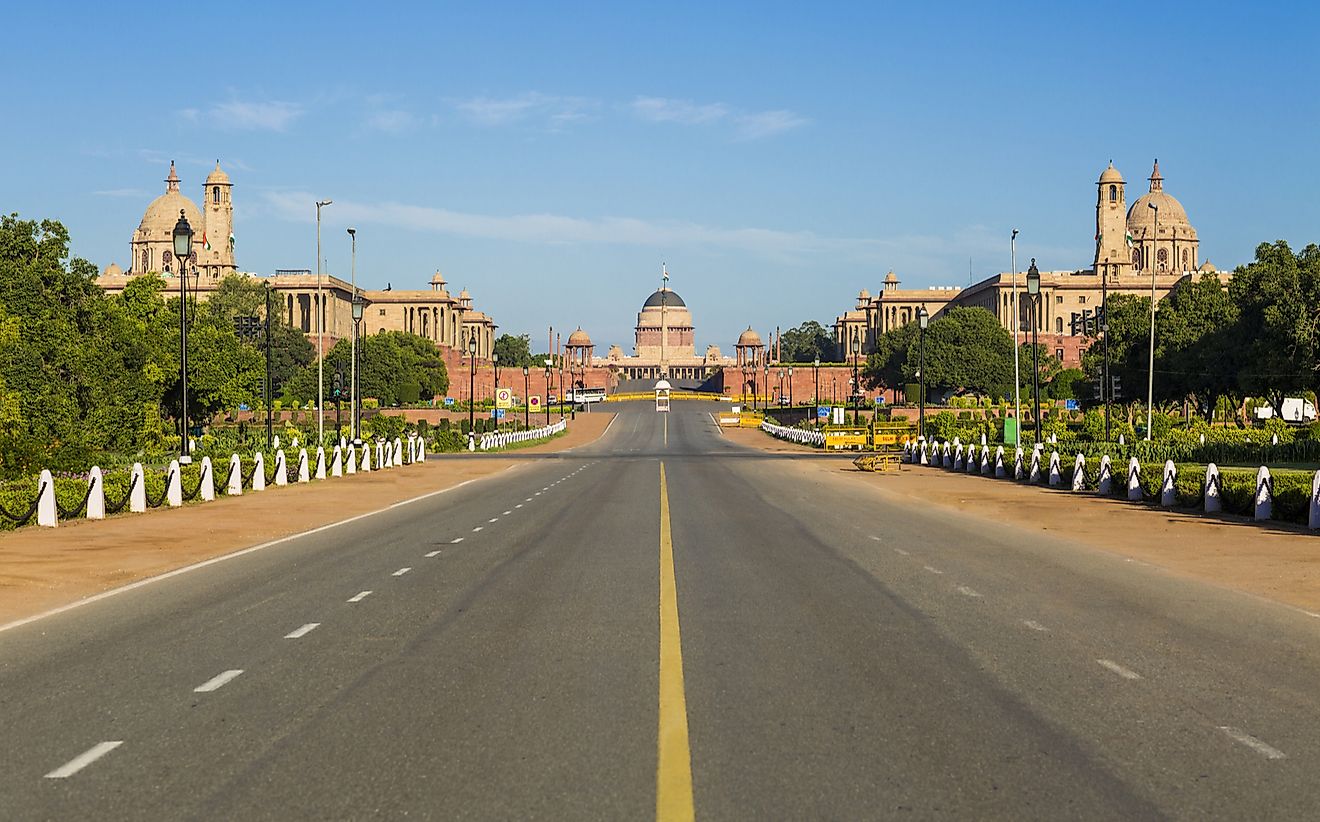What is the Difference Between a Democracy and a Republic?

A democracy is a system of governance in which the majority has its way. It is also known as the rule of the people or the system of the masses. Democracy allows the active participation of the public in the decision-making and political processes of the state directly or through elected representatives.
A republic is a form of governance in which the constitution limits the powers and extent of the government. The public chooses the government and the political representatives through a popular vote, but the constitution provides the guidelines on the functions and powers of the government.
The fundamental difference between a republic and a democracy lies in the extent the government can exercise its powers in relation to the minority. Democracies and republics use either direct or representational systems, but in a republic, the constitution protects the inalienable rights of the citizenry regardless of the popular vote.There are various types of democracies; the primary ones being direct and representational. Direct democracy means that the public gets to vote on crucial decisions without intermediaries. Representational is the most common type of democracy; it is a system in which the public chooses representatives to represent them in decision-making processes. Either way, the majority imposes its will on the minority.
Republics and Constitutions
The fundamental feature of a republic is the constitution that protects the rights of all citizens. In this case, the constitution limits the power of the majority and can overturn laws made by the elected representatives. In the United States, for example, the Federal and Supreme Courts have the functions of interpreting the constitution and passing judgment as per the constitution rather than the will of the majority.In 1954, the Supreme Court abolished all the state laws establishing racially segregated public schools on the basis of unconstitutionality since the constitution declared all citizens of the United States equal regardless of their race and ancestry.
History Of Republics And Democracies
Democracies are significantly older than republics. Ancient nations, tribes, and cultures practiced some form of democratic procedures where individuals voted on community matters, rules, and judgments. Documented history suggests that democracies were established in Greece around 500 BCE.The first documented republic was the Roman Republic that developed shortly after Athenian democracy. Unlike the written constitution of modern states, the Roman Republic was governed by an unwritten constitution that regularly evolved in response to changing principles
Modern Democracies And Republics
Most countries are governed as democratic republics in which the citizens participate in political decision-making, and at the same time, the extent of the popular government is governed by the constitution. Democratic republics function differently with some being purely presidential while others functioning as parliamentary systems. Some parliamentary and constitutional monarchies behave as republics but not democracies.











